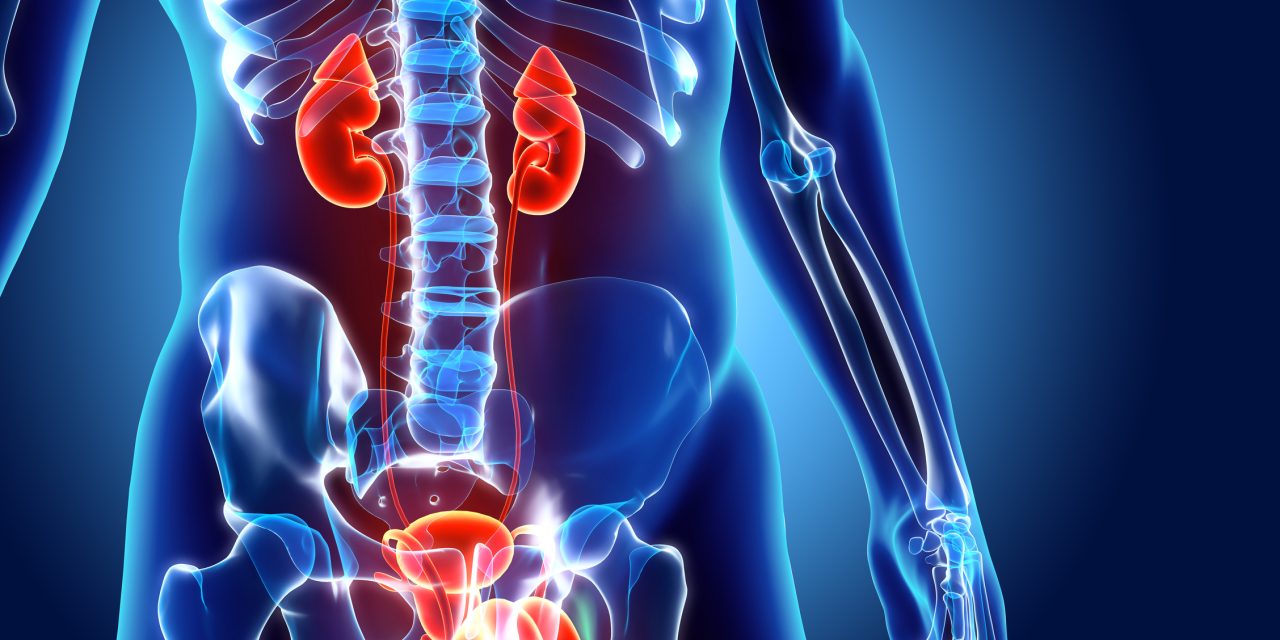Catheter-related urinary lot diseases are a significant reason for quiet dreariness and mortality. Regardless of numerous endeavors to plan biomaterials that may lessen the danger, none significantly affects decreasing the occurrence of this most regular nosocomial contamination. Later in vitro work, notwithstanding, has shown guarantee for a silver-based biomaterial covering made out of methoxylated polyethylene glycol 3,4-dihydroxyphenylalanine (mPEG-DOPA3) in decreasing uropathogen connection and biofilm development. The point of this work was to explore whether these outcomes convert into a significant effect on contamination advancement and bacterial adherence in an in vivo bunny model. New Zealand white bunnies were randomized into gatherings of 12 and had the accompanying catheters embedded: Catheters were recovered and assessed for encrustation and connection investigation, and tissues gathered for histopathologic portrayal and bacterial attack. Urinary bacterial state includes were lower among bunnies in the Coating A gathering versus controls (4/11 versus 10/12, individually) (p = 0.029), and there were less hares with intrusive contaminations (3/12 versus 9/12, p = 0.02). More encrustation was seen among creatures in the Coating B bunch versus controls (7.22 versus 2.69 mg/cm2, p = 0.033). There were no critical contrasts in tissue impacts between gatherings. The utilization of a mPEG-DOPA3 urinary catheter covering adequately decreased urinary microbe checks, while not causing antagonistic tissue impacts in this model. Further clinical assessment is justified.
Reference link- https://www.liebertpub.com/doi/10.1089/end.2020.0186


